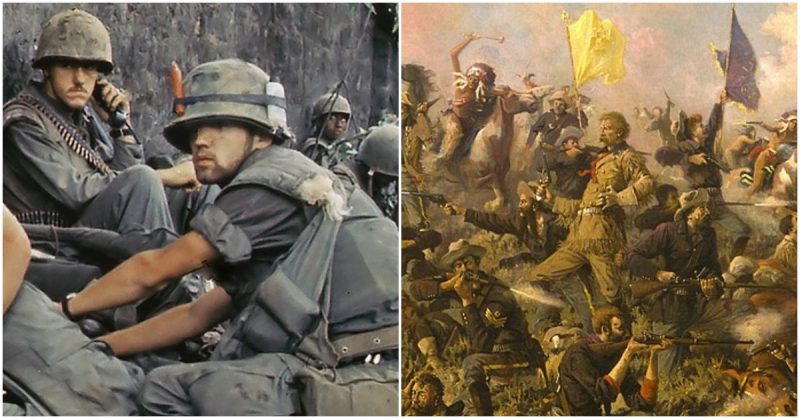It was in such moments when American pride was dented and the nation’s air of invincibility tarnished. These are the US Army’s five biggest military blunders that left a mark on the annals of history.
Today, the US military is the most powerful force in the world. It has the most modern weapons, the best-equipped troops, and an unrivaled navy. Furthermore, American technological support is astounding –– the US has the ability to identify and target enemy positions all over the world with pinpoint accuracy.
However, it was not always like this. There were times in the US’s history when the enemy was stronger. Or moments when the terrain or the nature of the opposing force negated the US military’s superiority. Sometimes even hubris came to the fore when the arrogance of men was the cause of ignominious defeat.
It was in such moments when American pride was dented and the nation’s air of invincibility tarnished. These are the US Army’s five biggest military blunders that left a mark on the annals of history.
Battle of Bladensburg during the War of 1812
The Battle of Bladensburg on August 24, 1814, is considered one of the greatest disgraces ever dealt to American arms.
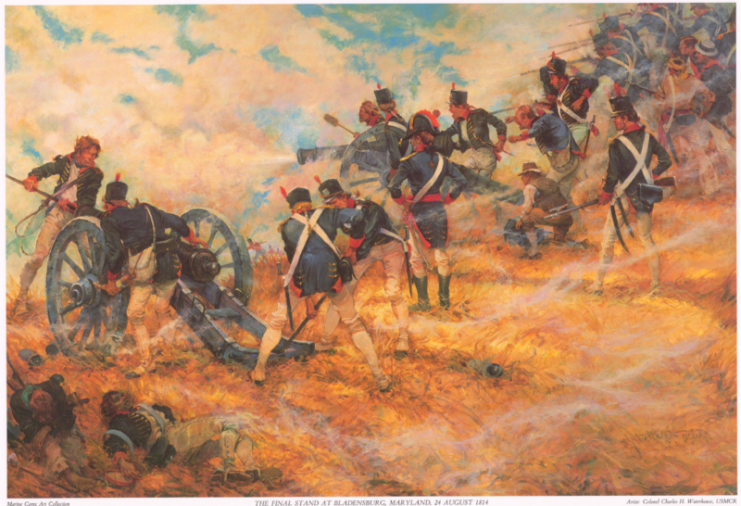
The battle took place during a war between the British and Americans that had started in 1812 and lasted until 1815 because of numerous reasons. The British claimed it was the Americans’ fault and the Americans claimed it was the British.
No matter the cause of the war, it was one of the rare moments in US history when a foreign power waged war freely on her soil.
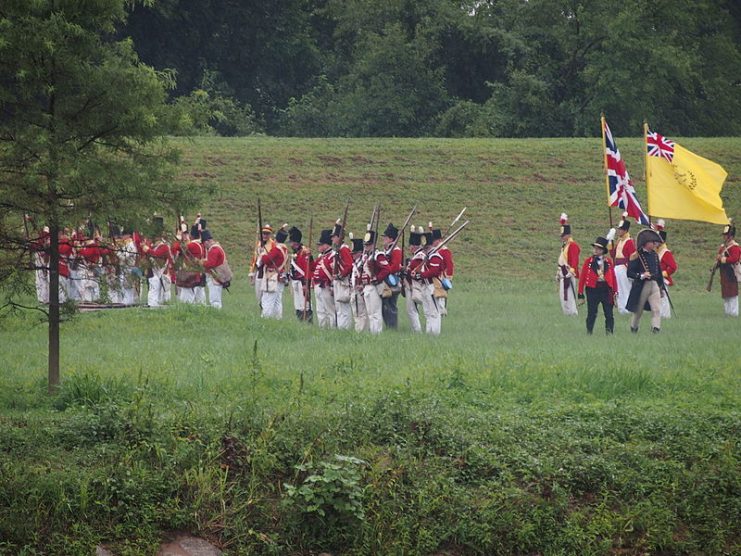
At Bladensburg, Maryland, 8.6 miles northeast of the federal capital of Washington DC, the British attacked. At first, the Americans held firm. However, when the order was given to conduct a tactical retreat to defend the capital, the militia force collapsed.
The sight of the once proud US militia running through the streets of Washington DC and the ensuing flight of the US cabinet was the inspiration for the famous poem The Bladensburg Races.
The aftermath of the battle resulted in the burning of the White House and many other government buildings. The impact on American pride was immense.
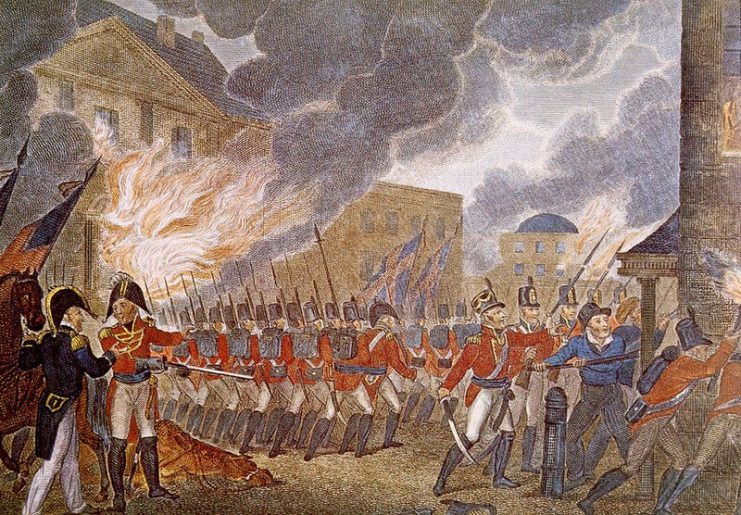
The Battle of Little Big Horn, June 25-26, 1876
Most people have heard of the Battle of Little Big Horn either from high school history class or the classic movie Little Big Man starring Dustin Hoffman.
The engagement took place between combined forces of the Lakota, Northern Cheyenne, and Arapaho tribes and the 7th Cavalry Regiment of the United States Army led by Lieutenant Colonel Armstrong Custer.
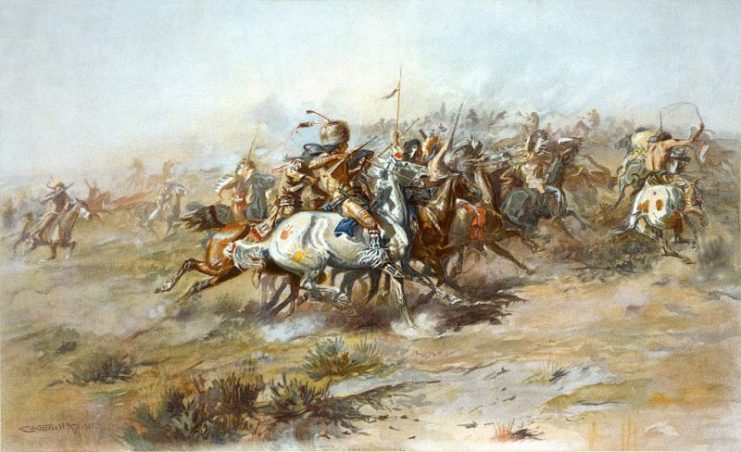
Custer’s overconfidence and his decision to ignore his scout’s advice were the main reasons for this humiliating US defeat. Based on the assumption that the native American village mainly housed women and children and contained very few warriors, he gave the order to charge.
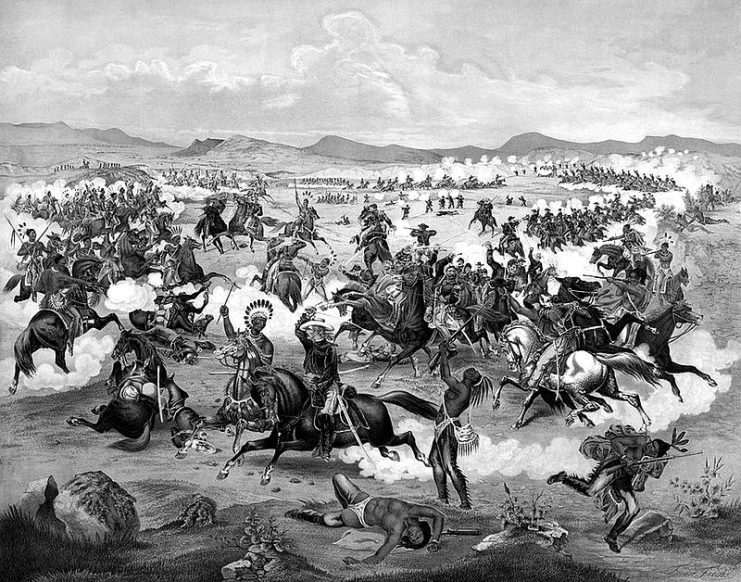
It would prove to be a fatal mistake. Within moments, his force was surrounded by the tribes’ war cries. It was Custer’s Last Stand, resulting in his demise and that of five companies of the 7th Cavalry Regiment.
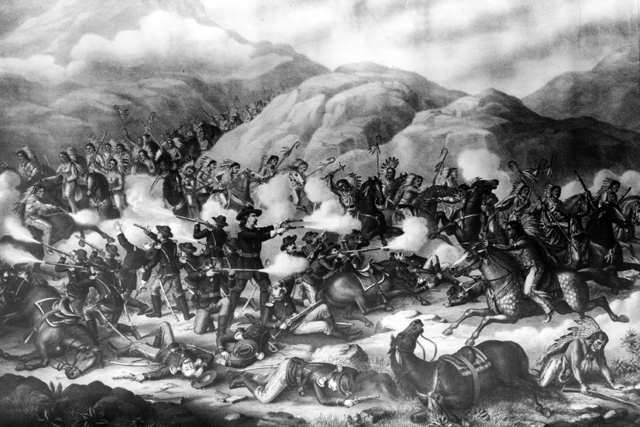
Battle of Kasserine Pass
In February 1943, with a few battalions, Field Marshall Erwin Rommel (aka the Desert Fox) conquered the Kasserine Pass in Tunisia. The confrontation was a bitter first taste of Nazi martial prowess for the Americans.
When the US landed its forces in French North Africa, they assumed that the Nazis were a spent force after the German defeat by the British at El Alamein at the beginning of November 1942. They were wrong.
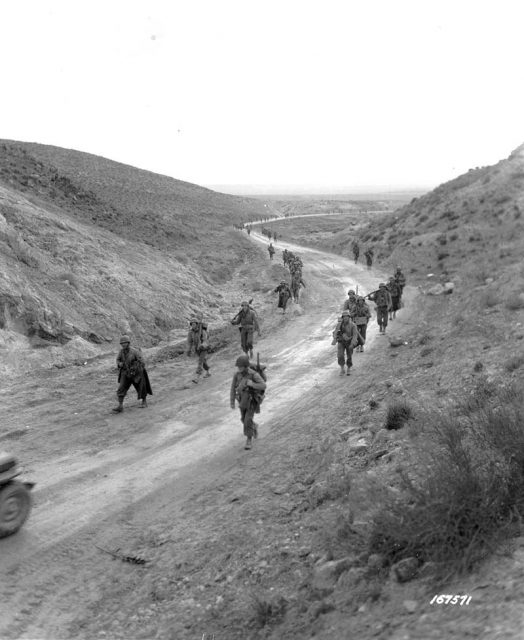
Rommel decided to face the new threat in the west before again devoting his attention on the British in the east. Against Hitler’s orders, he launched “Operation Morgenluft” or “Operation Morning Air.”
All the more remarkable was Rommel’s attack. Despite hardly any air support and fewer tanks, 50 American tanks were destroyed during the initial hours of the engagement. And on February 20, several battalions of German and Italian infantry stormed the Kasserine Pass, which had been defended by 30,000 Americans.
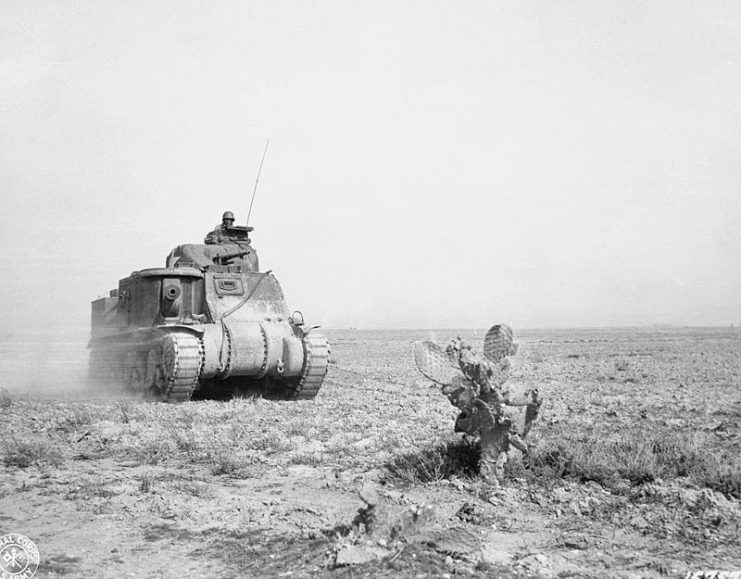
The Americans alone lost nearly 200 tanks, 100 half-track vehicles, over 200 guns, 500 trucks and jeeps, and 6,000 prisoners. It was the second worst US defeat during the Second World War after the Battle of the Philippines.
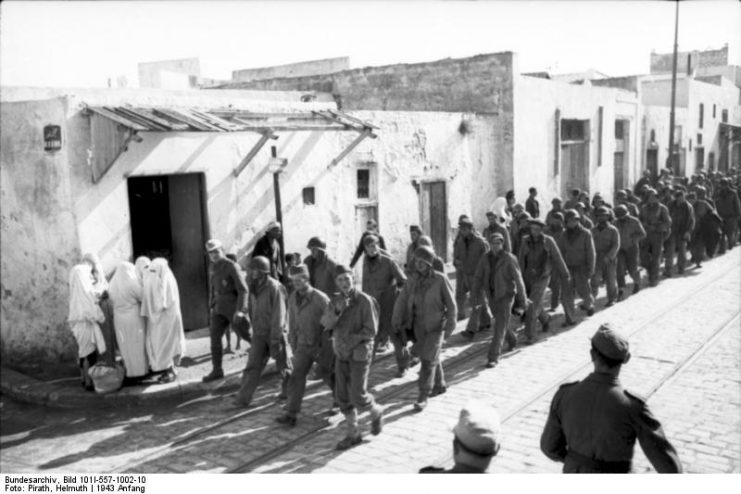
The Vietnam War 1955 to 1975
On April 30, 1975, the last of the US forces retired from South Vietnam’s capital, Saigon. Although not technically a defeat in the eyes of the Americans because they never lost a battle, the Vietnam War and US involvement in it was considered no victory. Many historians even claim that it was the worst military defeat in US history.
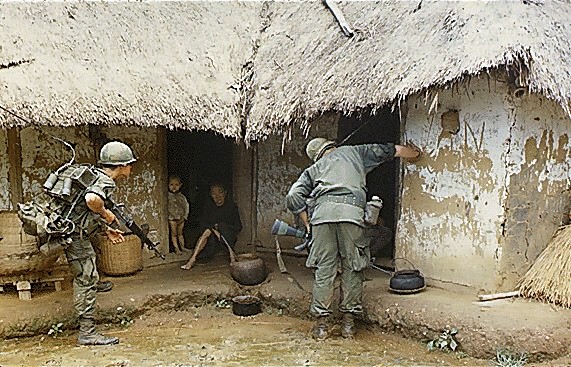
The result was devastating. The United States had a tally of 58,220 fatalities and had to evacuate the last embassy officials in Saigon by helicopters on April 30, 1975. Photographs went around the world, acting as symbols of US defeat.
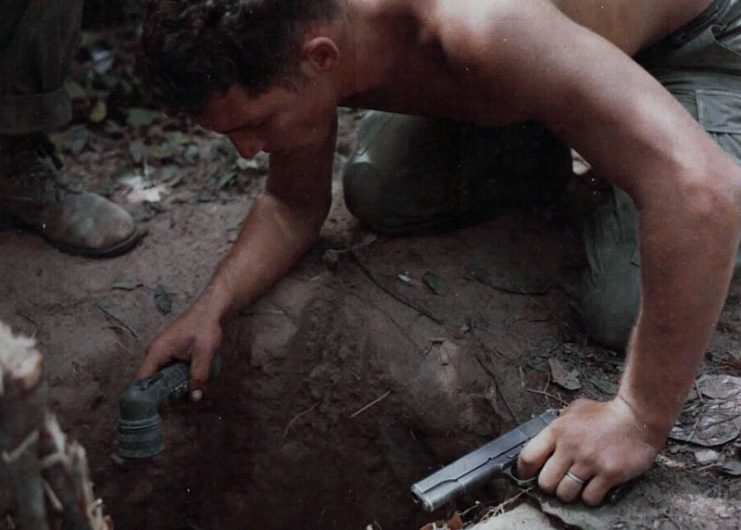
Vietnam, combined with the Watergate Scandal, dented US confidence throughout the 1970s. It resulted in what President Ronald Reagan called the “Vietnam Syndrome,” an American unwillingness to intervene overseas.
It would be many years until the Americans would again intercede in a military manner on the world stage.
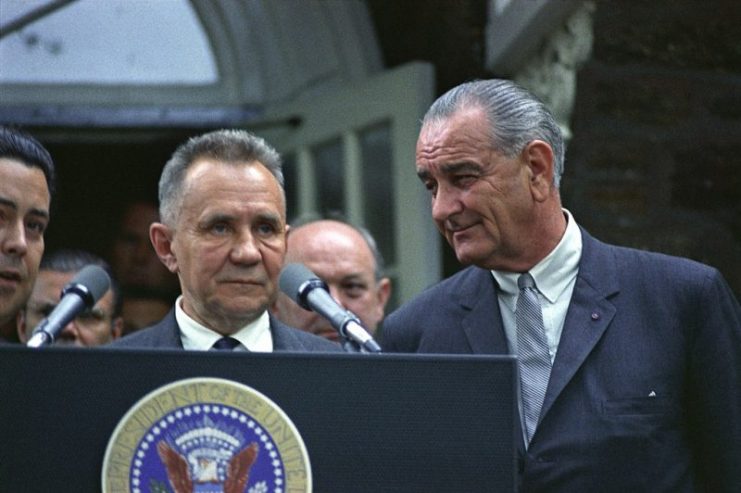
Philippine Campaign or Battle of the Philippines, 1941-42
During the Second World War, the Philippines were a US overseas territory with a large contingent of US military personnel stationed on the islands.
Right after the bombing of Pearl Harbor on December 7, 1941, the Imperial Japanese expanded their efforts into the creation of a large pan-Asian empire. Naturally, the Philippines were on their radar because of the strategic location.
So, on December 8, one day after Pearl Harbor, the Imperial Japanese Army launched an invasion from Formosa (Taiwan) by sea.
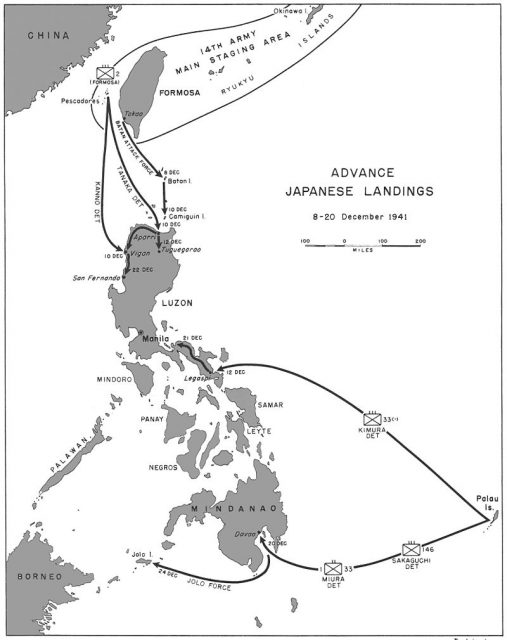
Even though the defending US forces outnumbered the Japanese, the troops had no combat experience. They were regular National Guard, constabulary, and newly formed Commonwealth units. Within a month, the Imperial Japanese Army had overrun most of Luzon, the northern Philippines.
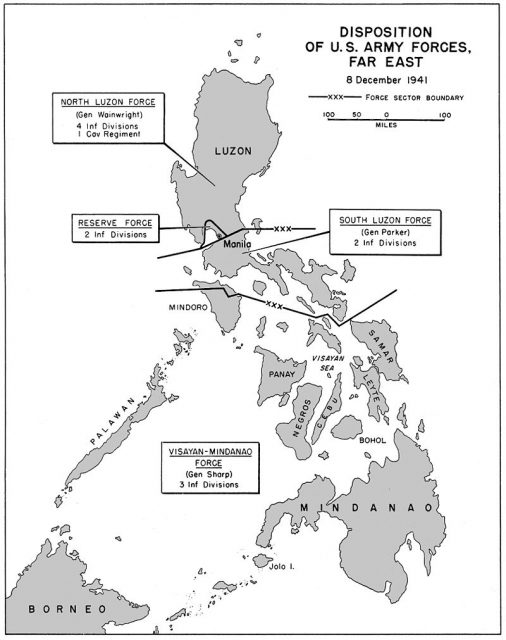
The US forces were only able to hold out for another four months because they had withdrawn to the Bataan Peninsula. Furthermore, the Japanese had advanced their timetable and attacked Borneo and Indonesia instead of immediately continuing with the conquest of the Philippines.
This brief lull in hostilities gave the US and her local forces time to establish a highly defensible position.
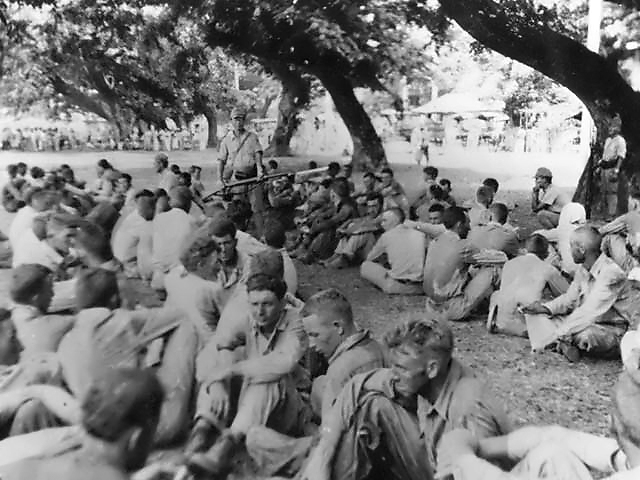
Ultimately, the conflict turned into what many deem the worst military defeat in US history. About 23,000 US military personnel either fell or were captured. At the same time, the combined number for Filipino troops amounted to 100,000 men.
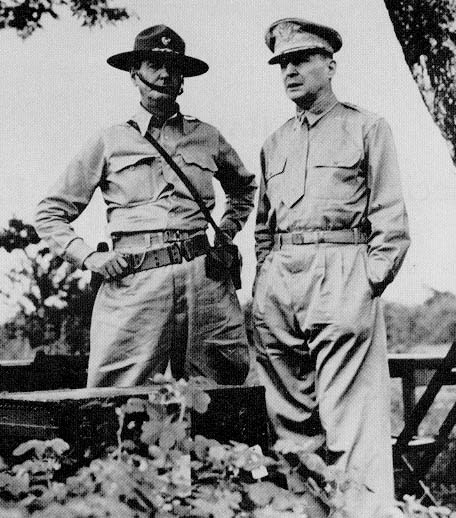
The American commanding general, Douglas MacArthur, and what was left of his command withdrew to Australia.
Meanwhile, the surviving American soldiers were subjected to some of the most inhuman treatment of POWs during the war. They were sent on fatal marches through the jungle or transported back to Japan on so-called “Hell Ships” to work in mines and factories.
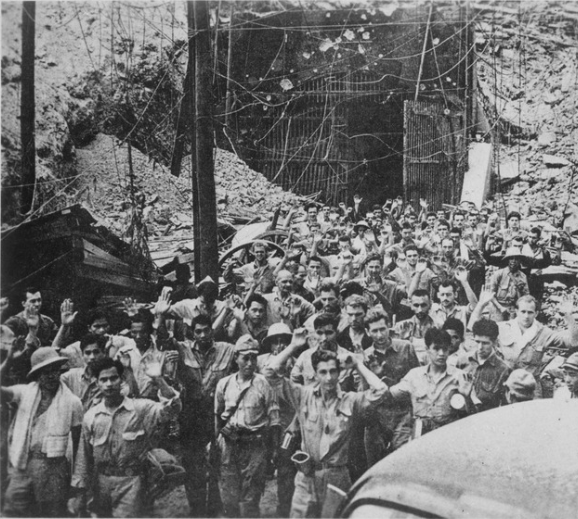
Even though this was a chastening defeat for the Americans, General MacArthur vowed he would return. He did so in 1944 and eventually retook the islands, thus restoring US honor.
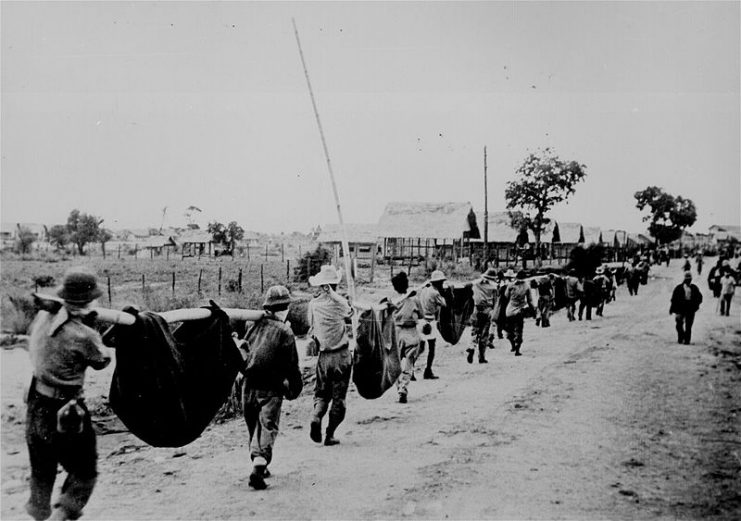
The US is still a proud nation
Despite the defeats as mentioned above, US military dominance has never been seriously challenged for most of the country’s history. Sure, the British were a formidable force and so were the Soviets, but the first became a staunch ally, and the latter collapsed mostly thanks to US dominance.
Read another story from us: The Battle of Little Big Horn: Custers Ultimate Humiliation
In the end, these defeats cost many American lives, but the American people always remember their fallen and never relent in the face of prevailing danger.
National greatness is defined not only by a nation’s failures but also (perhaps even more so) by its ability to accept defeat and rise to fight another day. The USA is a paragon of that ideal.
Correction.
In the original version of the article, we misstated “French West Africa”. The correct place is “French North Africa”.
We made the correction on 09.05.2019
